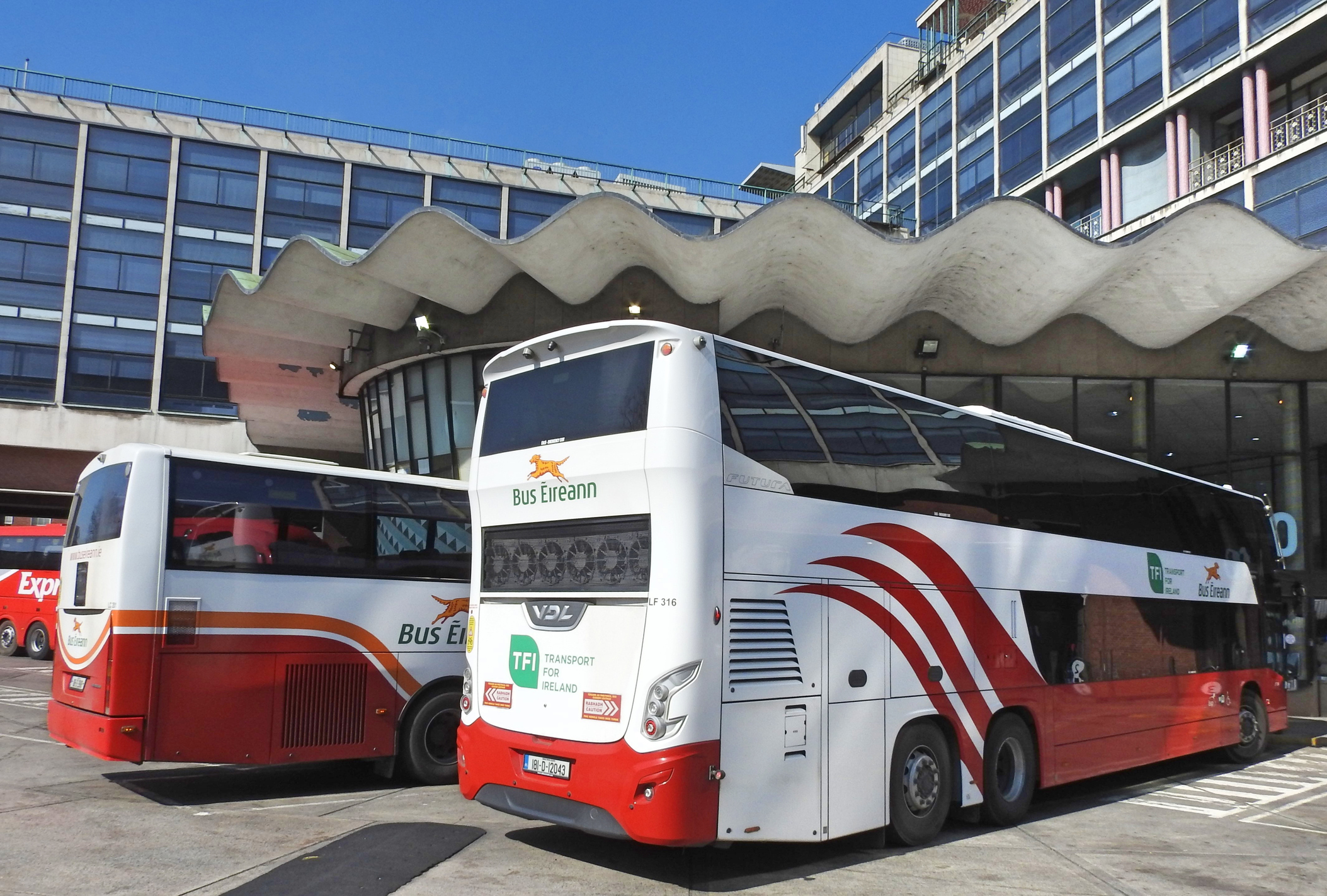DRADS4GroundVehicles
Aerodynamic design and CFD analysis of drag-reducing appendable devices for large ground vehicles

In Brief
- Challenge: Energy Innovation Challenge
- Challenge Type: National Challenge Fund
- Status: Active
The Challenge
Ireland is embarking on a significant Electric Vehicle (EV) overhaul of its transport sector through the implementation of a Zero Emission Vehicle policy. This policy aims to promote sustainable transportation in Ireland by reducing the environmental impact of transportation and encouraging the adoption of low-emission, energy-efficient transportation options. All transport vehicles have one common challenge: aerodynamic drag. When travelling at speeds above 80 km/hr, it is the largest, and most dominant, resistance force on a vehicle and significantly outweighs all other energy expenditures as speeds increase to 100-120 km/hr. It is imperative that governments and the wider society become aware of and tackle the issue of aerodynamic drag in order to facilitate significant, lasting change, to the transport sector.
The Solution
This project looks to reduce the inherent drag force present on large ground vehicles travelling at national road speeds by appending novel drag-reducing devices to the vehicles. The novel devices work by altering the path and properties of the flow of air as it transverses the vehicle. When travelling at speeds above 80 km/hr drag becomes the most dominant and most expensive resistant force to overcome, therefore appending multiple devices can ensure significant drag reductions that will realise considerable fuel savings and C02 emission reductions. This will accelerate Ireland’s EV transition as the fuel savings will bring about significant range extension for a wide range of large EVs.
The Team
- Team Lead: Prof Alojz Ivankovic, University College Dublin
- Team Co-Lead: Dr Luke Kelleher, University College Dublin
Societal Impact Champion
- Ronan Tully, Bus Éireann